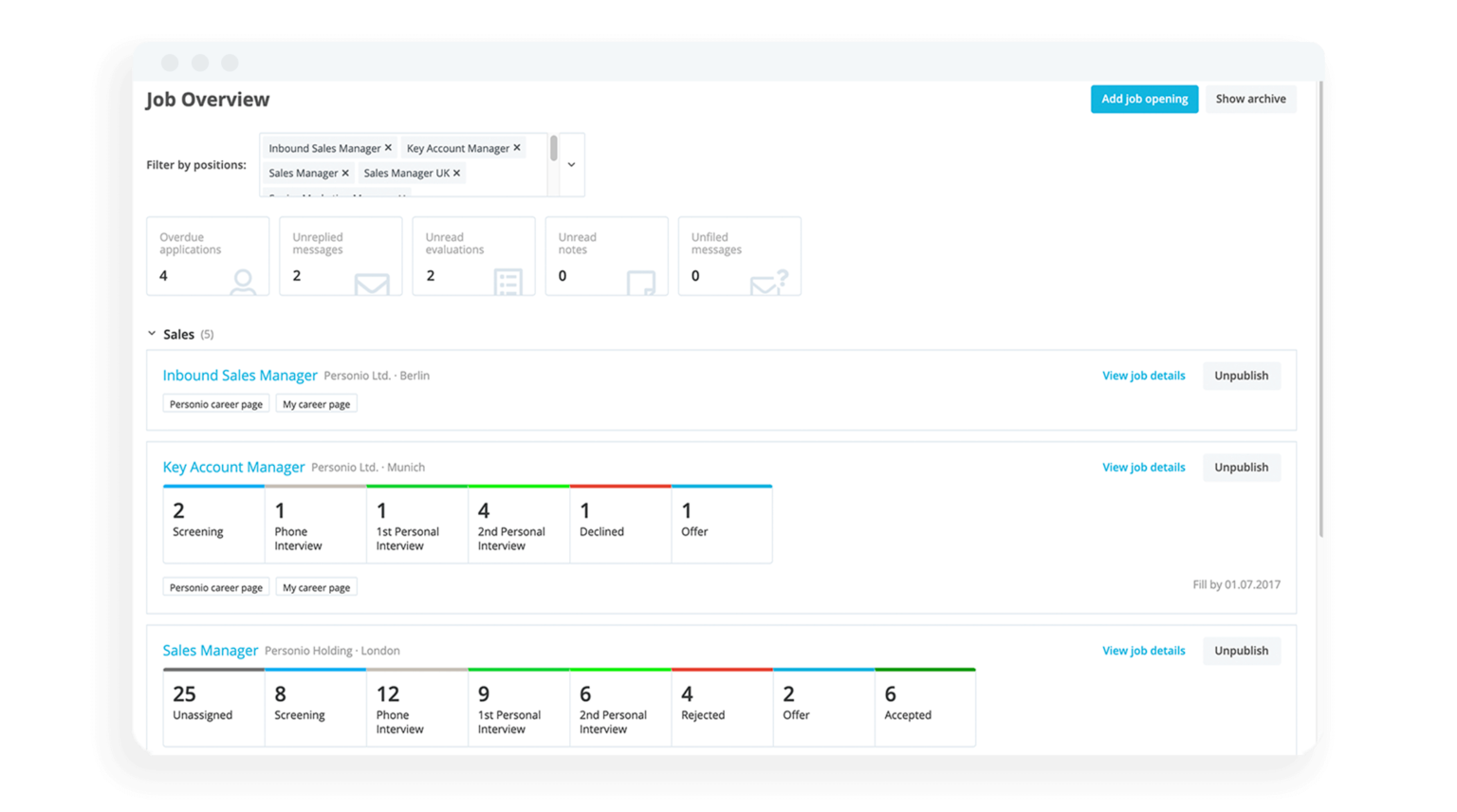
HR Business Plan Template
Unlock executive buy-in with our HR business plan template.
Get the templateFire and Rehire Practices: What Employers Need to Know
What does fire and rehire mean? Firing employees and rehiring them under new terms is a controversial practice that should only be used in exceptional circumstances. Even then, it carries a risk of legal claims, reputational harm and damage to your employee relations — so it’s not something to enter into lightly.
Read on for our employer’s guide to fire and rehire practices, including when it’s appropriate, the risks involved and how to minimise them.
Key facts:
‘Fire and rehire’ is a business practice where employers dismiss their workers and then immediately reengage them with different working conditions or contractual terms.
This practice is highly controversial because it forces employees into a difficult choice: accept less favourable conditions or lose their jobs.
In 2023, the UK government will release a new statutory code to crack down on companies using fire and rehire practices to take advantage of their workforces. Companies that want to use these practices should be aware of the proper procedures — or risk legal consequences.
Contents
What Does Fire and Rehire Mean?
‘Fire and rehire’ is a practice used by some businesses when they need to change the contractual terms of their workers’ employment. Usually, the best solution in these circumstances is to try to reach an agreement with the workers or their unions, but this isn’t always possible. In these cases, the employer dismisses (fires) the employees, and then immediately offers them a new job with different terms.
This practice is usually used when an organisation is facing significant challenges, and almost always results in less favourable conditions for the workers. For example, an organisation might try to use fire and rehire practices to:
Reduce salary, overtime pay or benefits
Change the hours employees work
Introduce or amend shift patterns
Change the nature of a role or the duties it involves
Firing and rehiring is also known as ‘dismissal and reengagement’. It’s a controversial practice because it forces employees to accept less favourable terms, or lose their jobs.
The Current Legal Status of Fire and Rehire Practices
Firing and rehiring employees is legal in the UK, and it’s not a new practice. However, it has attracted a lot of negative media attention in the past few years, and there is now more scrutiny on companies that employ it.
And, while there’s no law against firing and rehiring, it’s not a risk-free process. Companies have faced legal claims (including claims for unfair dismissal) when they’ve used fire and rehire practices to change their workers’ employment terms without their agreement.
Plus, fire and rehire practices can result in significant damage to a company’s reputation and its employee relations.
Create a great candidate experience

Organise applications, plan interviews and quickly evaluate candidates. Manage your entire hiring process with one tool with Personio.
Unlock Smoother HiringUnderstanding the Fire and Rehire Process for Employers
If your organisation is facing significant challenges and you need to change your workers’ contractual terms, there are things you should do before you turn to the ‘fire and rehire’ approach.
Here are the steps to follow if you’re considering firing and rehiring employees:
1. Conduct Extensive, Meaningful Consultation
Before turning to extreme solutions like fire and rehire, you need to conduct fair, extensive and meaningful consultation with the affected employees. This isn’t just a box-ticking exercise. In many cases, organisations are able to find solutions through consultation that mean they don’t need to turn to fire and rehire at all.
Because firing and rehiring effectively means making employees redundant (even if you’re immediately offering them a new position), there are certain rules that you need to follow. These depend on the number of employees that the changes will impact.
If fewer than 20 employees are concerned, you can carry out consultation on an individual basis. However, if the changes concern 20 or more employees, you need to comply with collective consultation processes. This includes notifying the Insolvency Service’s Redundancy Payments Service by submitting the HR1 form.
And there are minimum timelines that you need to respect too, again depending on the number of employees that will be impacted:
Number of employees affected | Minimum consultation period |
Fewer than 20 | No minimum |
20–99 | 30 days |
100+ | 45 days |
2. Set a Deadline for Obtaining Written Agreement
At the beginning of the consultation period, you should set a deadline for reaching an agreement to the terms or finding a compromise that everyone agrees on. It’s important to warn your employees that you are considering fire and rehire if you can’t reach an agreement by the deadline. However, you should also make it clear that these practices are a last resort so that they don’t feel threatened.
3. Consider All Alternatives and Compromises
During the consulting process, you should genuinely and properly consider all alternative solutions proposed by your employees or their union representatives. You should go into the process with the genuine intention of finding an agreement or compromise — and make this clear to your employees. In other words, using fire and rehire as a threat to get employees to accept less favourable terms is not acceptable.
4. Begin the Fire and Rehire Process Only After Considering All Other Options
If no agreement is reached during your consultation period, you can begin the fire and rehire process. First, you serve the employees with a written notice of termination, and enclose a new offer of employment with the revised terms. Make sure that you’re respecting your employees’ statutory or contractual notice period (whichever is longer).
If the employee accepts the new employment, their new contract usually begins the day after their previous contract’s termination date. If they don’t accept, their employment is terminated and they no longer work for you.
Fire and Rehire Practices in the News
Firing and rehiring employees isn’t a new phenomenon, but it’s made headlines recently. This is because a number of household name brands (and smaller companies) have used this tactic after seeing their profits fall dramatically during the pandemic.
In fact, fire and rehire practices might be becoming more common in general: a survey by the Trades Union Congress found that 9% of workers had been told to reapply for their jobs under less favourable conditions since March 2020. The situation is even worse for working-class people, those aged 18–24 and BME workers.
These circumstances have led to high-profile disputes, and many people feel that some companies have used fire and rehire practices unfairly. In some cases, companies have been accused of deliberately evading the law by not following best practices for firing and rehiring employees.
The Future of Fire and Rehire
The government recently announced that it would introduce a new statutory code to set out how businesses must hold ‘fair, transparent and meaningful consultation’ on proposed changes to working conditions.
The code will outline the practical steps that companies will need to take if they are considering firing and rehiring employees. It’s currently under consultation, but once it’s in force, the code will be used by courts and employment tribunals when considering relevant cases — including cases for unfair dismissal.
So, will fire and rehire practices be banned altogether? Probably not. But companies will have to take more care to follow the procedures set out by the government. And, hopefully, employees will have a better understanding of the law and how it applies to them.
Frequently Asked Questions About Fire and Rehire
Here are the answers to some FAQs about fire and rehire practices:
What Is Fire and Rehire?
Fire and rehire is a controversial practice where employers fire their workers and then immediately reengage them under less favourable conditions. Companies might use fire and rehire to reduce salaries, change working patterns or reduce workers’ hours, for example.
Is Fire and Rehire Legal in the UK?
Yes, firing and rehiring is legal in the UK. However, employing this practice does carry a risk of legal claims. The government is in the process of finalising a new statutory code to crack down on employers using fire and rehire practices unfairly.
What Are the Disadvantages of Firing and Rehiring Employees?
While firing and rehiring employees is legal in the UK, there is still a high risk of legal claims, especially when the process is not carried out correctly. This practice is also bad for employee morale and can have a significant impact on your reputation as a business.
Final Thoughts on Firing and Rehiring
As discussed, firing and rehiring practices are controversial because they force employees into either accepting conditions that they have already said no to, or losing their jobs.
Remember: it’s not just about the potential legal claims that you might face. Even if you follow the government guidance perfectly, your employees are unlikely to be motivated, engaged and productive if they’ve been put through a fire and rehire process and have seen their working conditions get worse.
Any company considering fire and rehire tactics should think about the long-term impact it will have on their workforce — and proceed carefully.
Speak with an HR expert today to discuss your current challenges, and how investing in your workforce may be the best solution moving forward.
